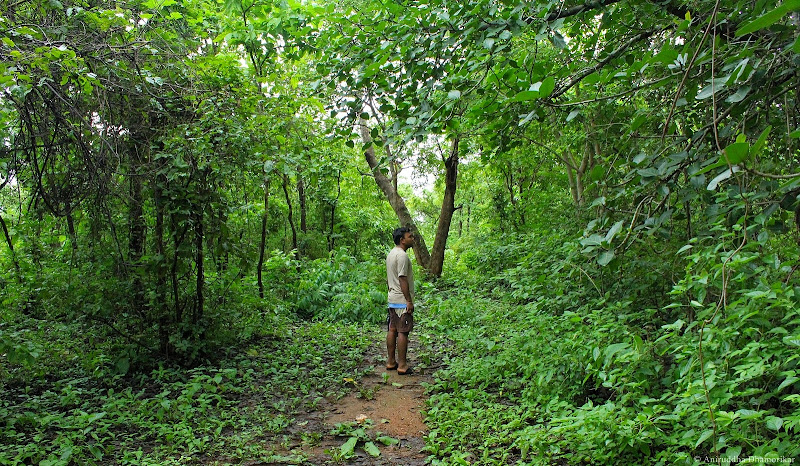Barefoot Notes: Grey Neck and Other Balcony Birds
Every day around noon, he perches on his favourite, fifteen-year-old neem tree, tugging at a branchlet fallen over his usual seat, but never really trying to get rid of it. This neem tree grows in a pot in the window, three feet from where I sit separated by a reflective glass. He is the calmest of his kind I’ve ever met. He does not call in response to every conversation he overhears, only some. Mostly, though, he is quiet in spite of the constant ruckus all around, and there are a lot of his kind. I didn’t know they could be so – if I may use the word – disciplined, or appreciate solitude. He certainly appears to enjoy it. How do I tell he is calm and relaxed? He hunches down on his toes, sinks his shoulders, and ruffles his crest and neck feathers – looking snug. Sometimes he scratches, shuffles his feathers, stretches his wings one by one, fans his tail and shakes his head – and finally gives a long sigh of satisfaction and relief, I’m willing to believe. Like every ...

